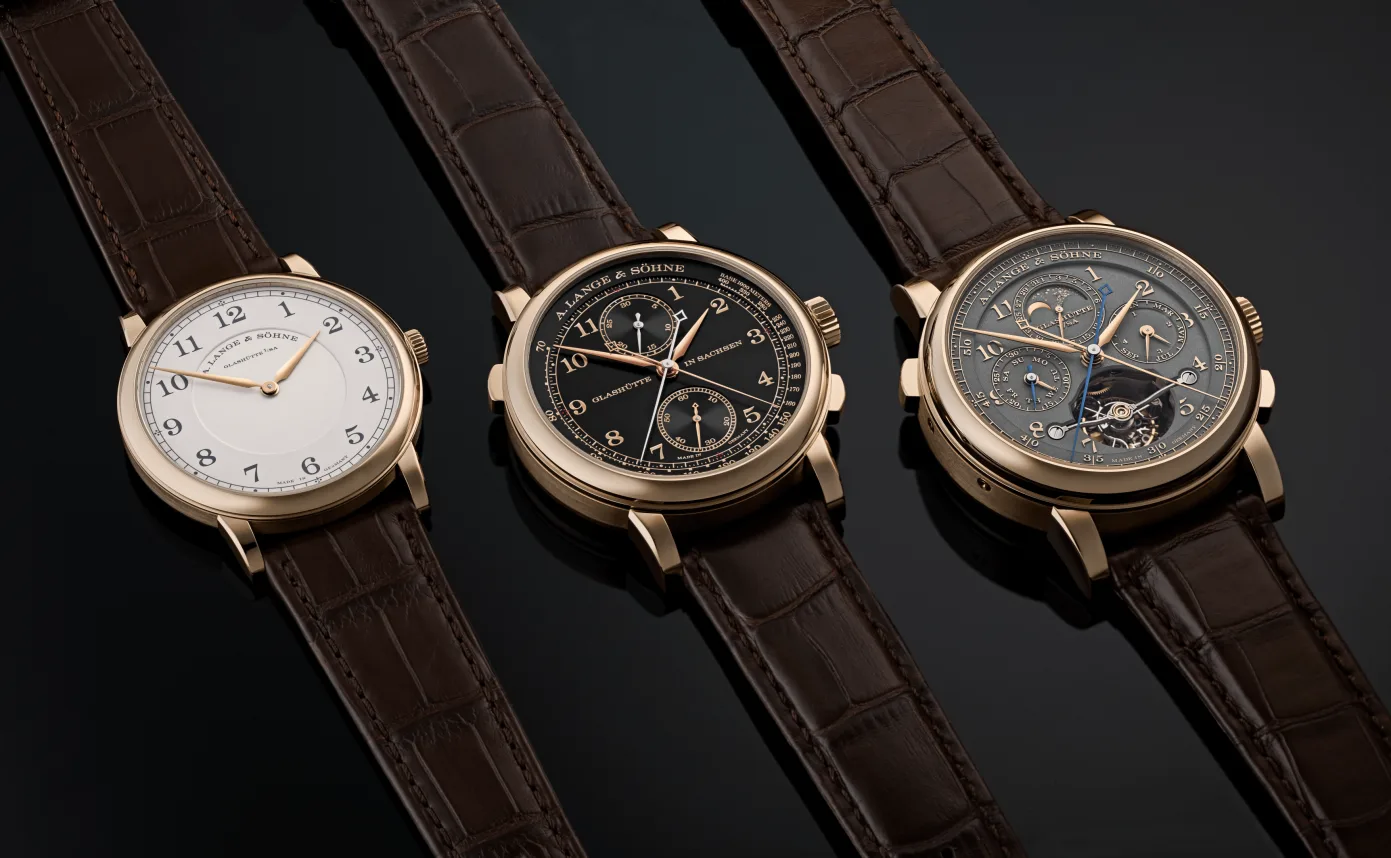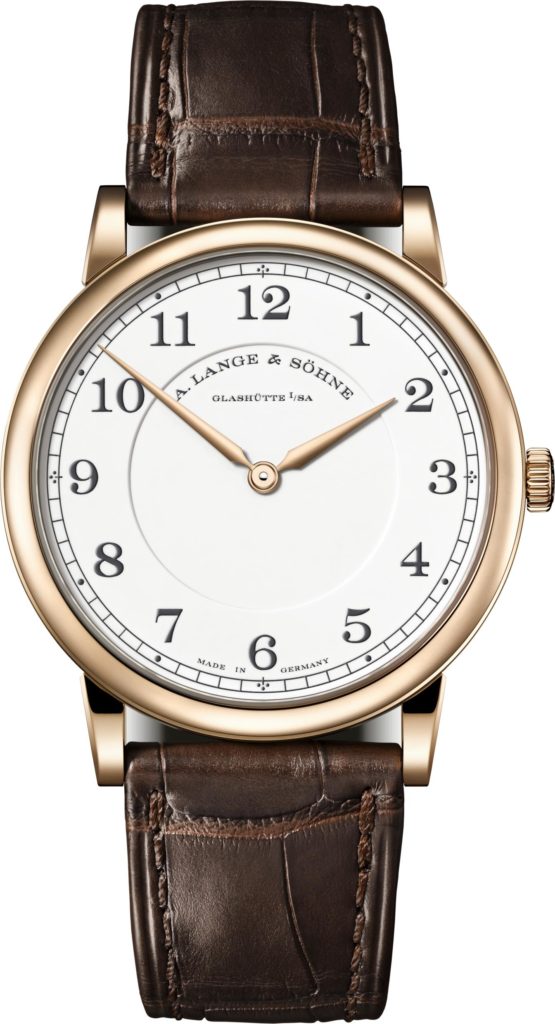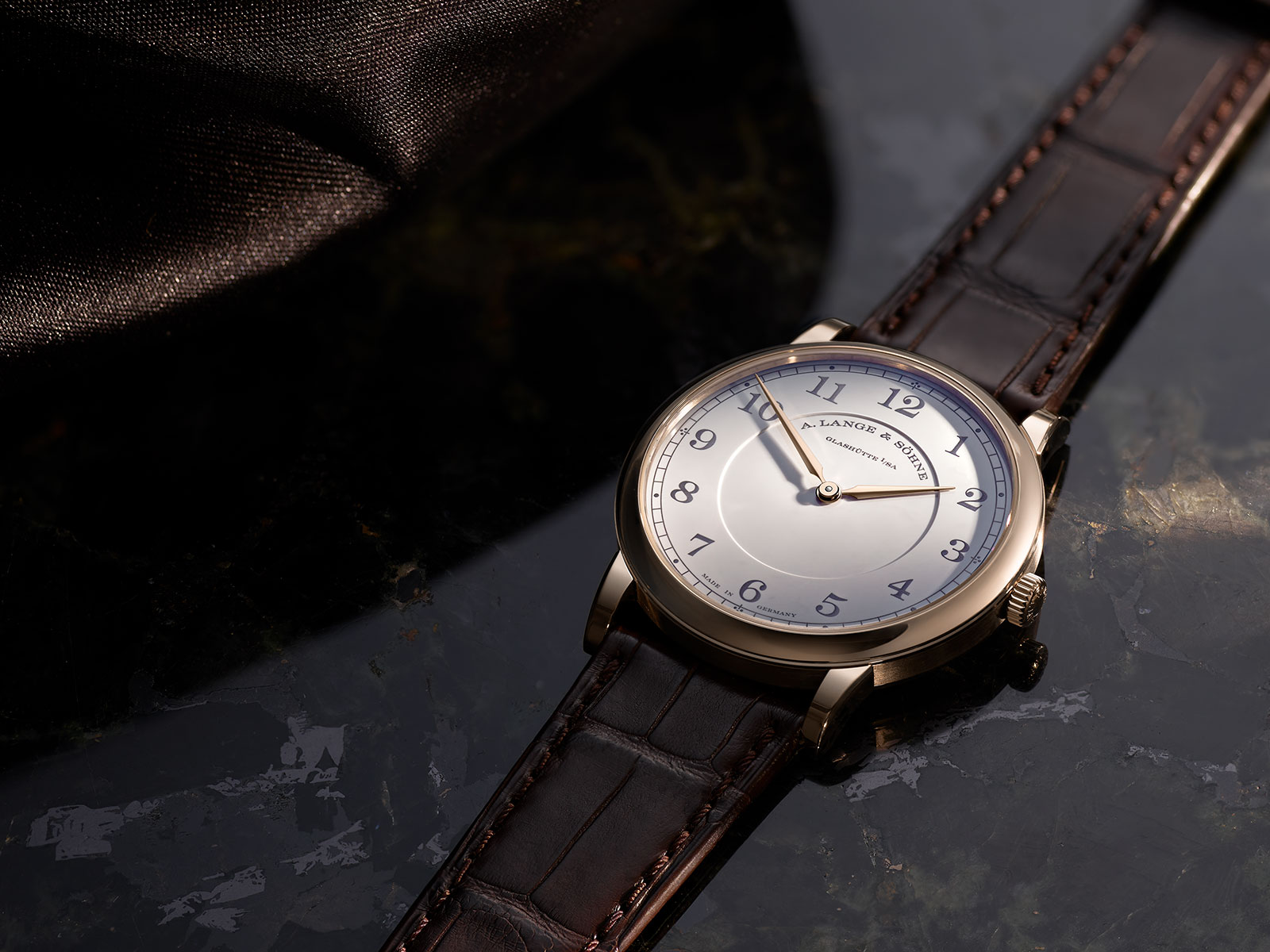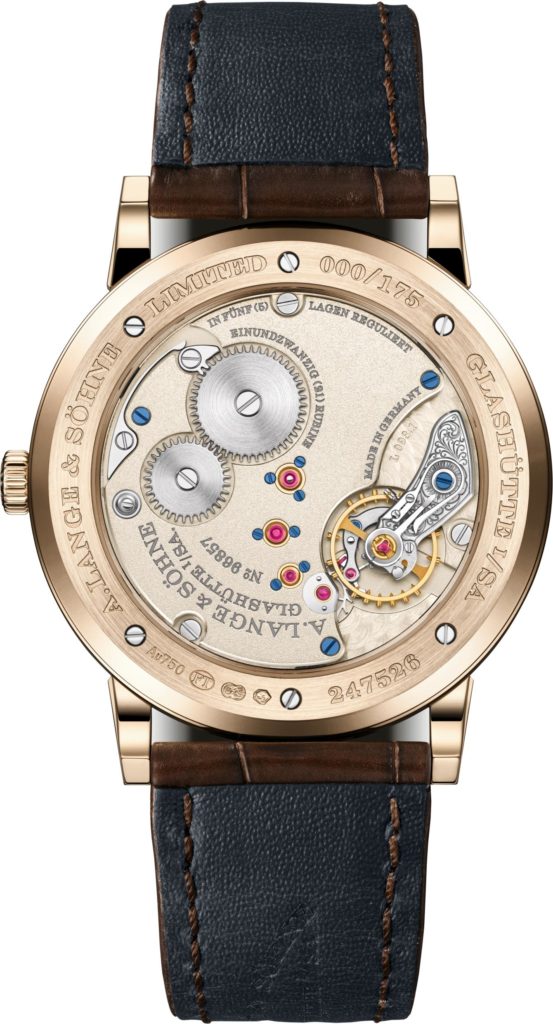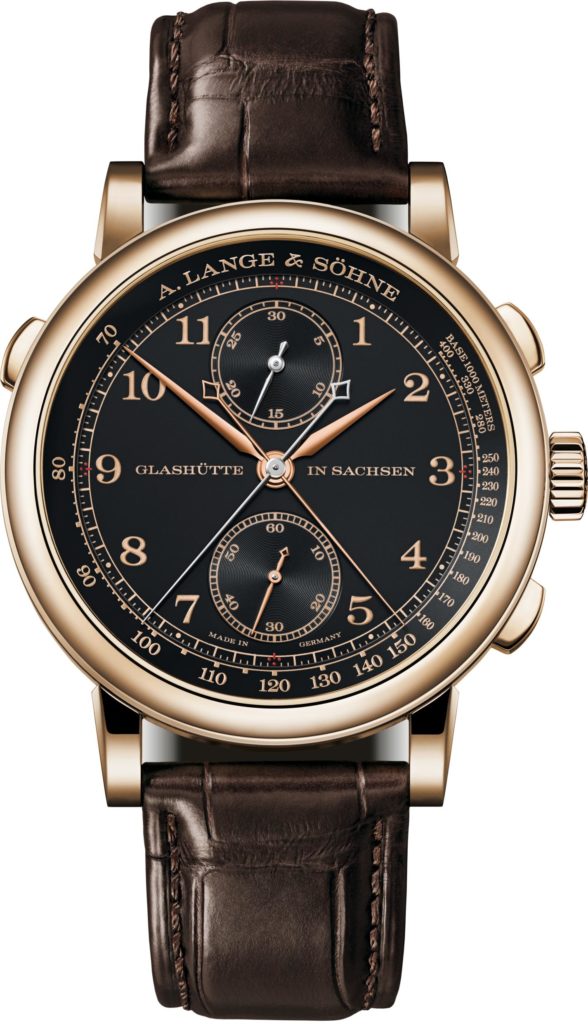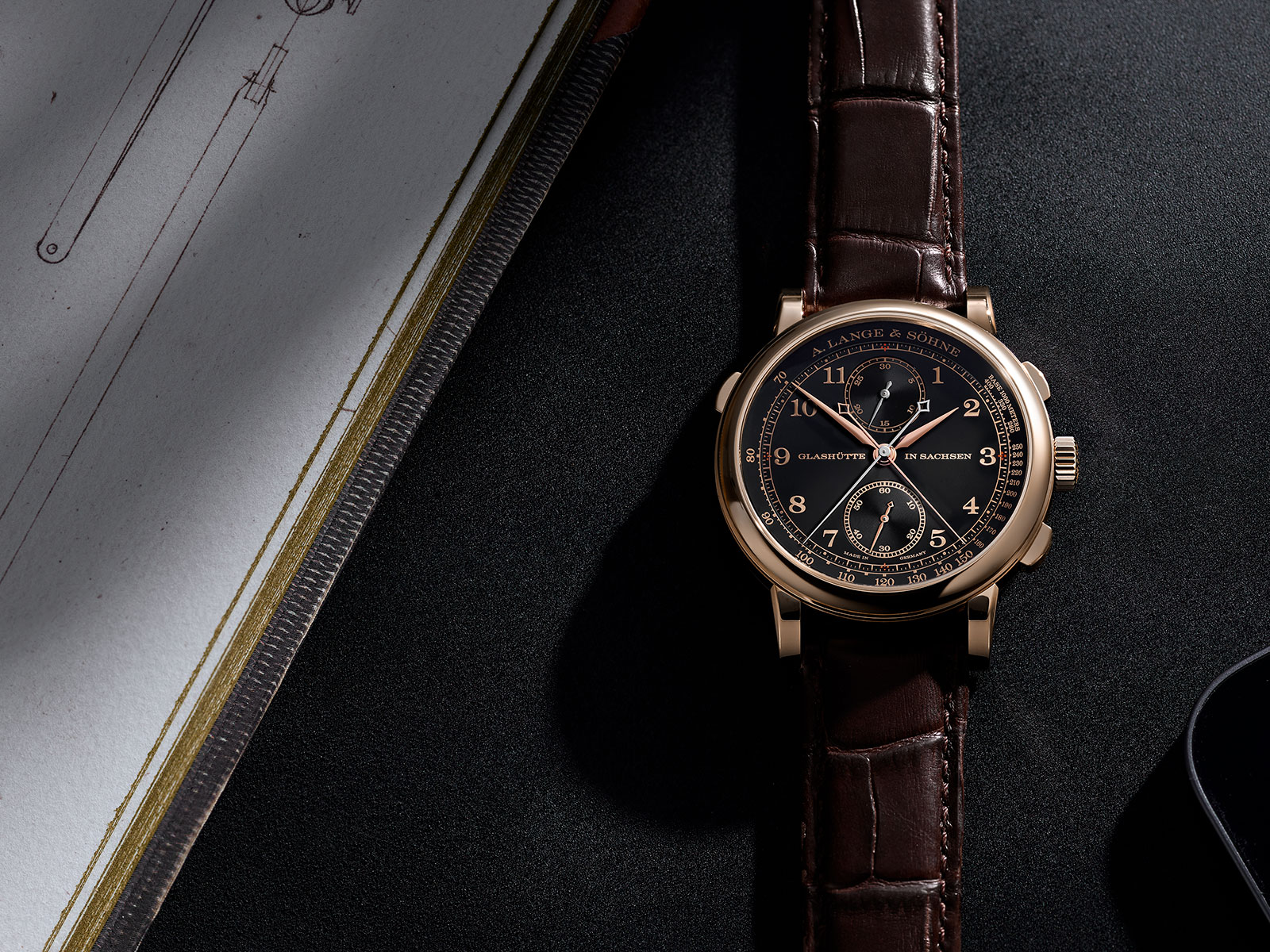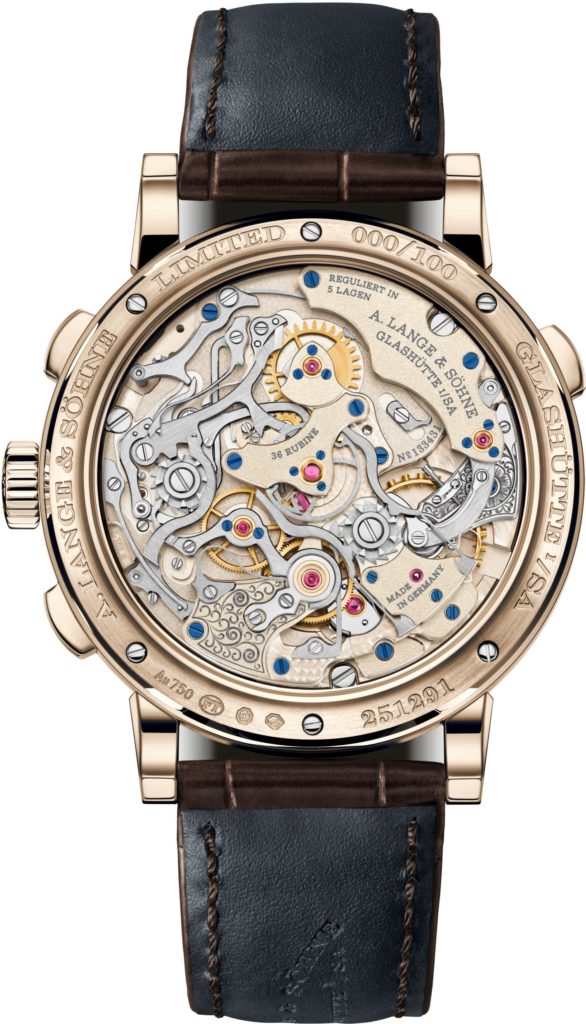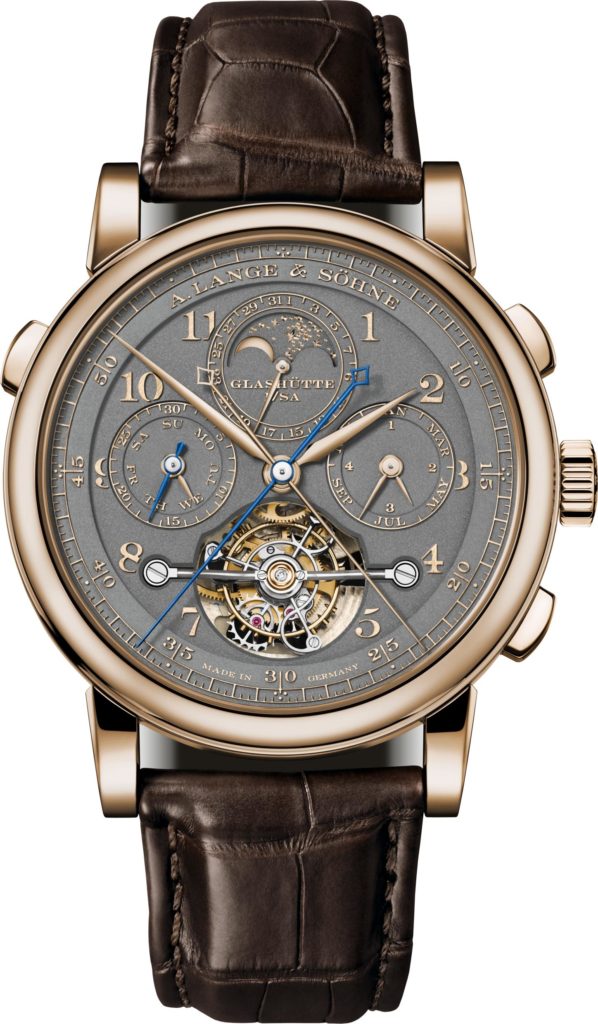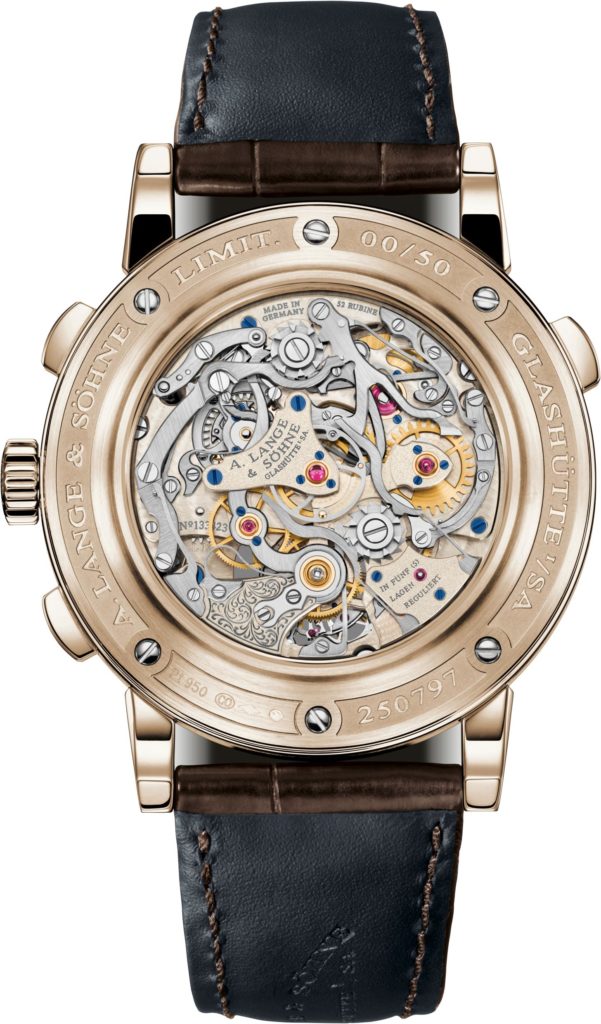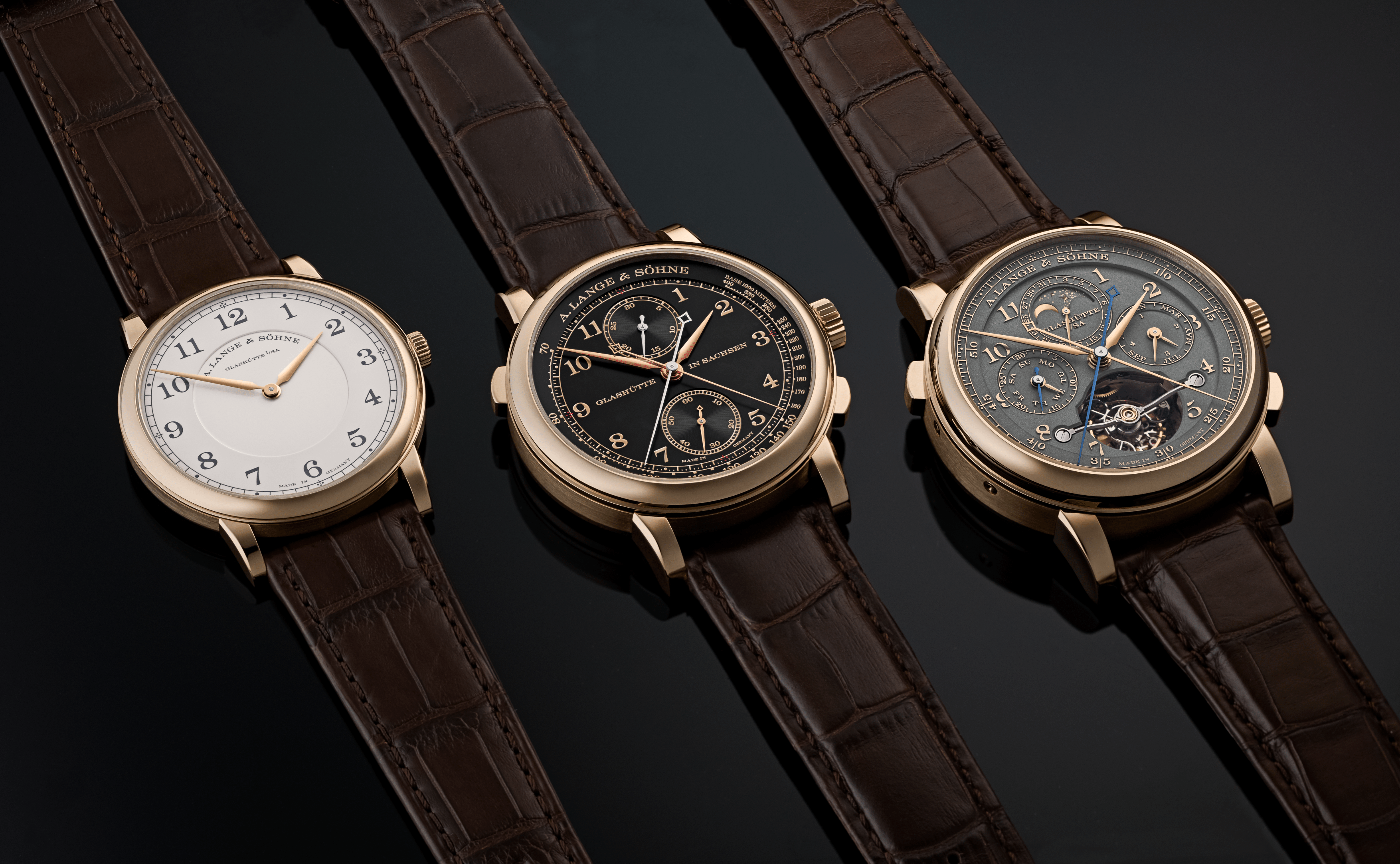In a recent press conference, CEO of A. Lange & Söhne, Wilhelm Schmid stated that the brand picked and chose its anniversaries with great care. While they have had many reasons to celebrate over the past 25 and a bit years, they still need to plan ahead, so they do not celebrate too many things close together. It just so happens that A. Lange & Söhne’s 25th anniversary last year was quite close to another impressive feat: 175 years of precision watchmaking in Saxony.
To be specific, the brand is referring to the founding date of the original company A. Lange & Cie, which was founded on the 7th of December 1845. After the fall of the Berlin wall in 1990 Walter Lange, a descendent of the brand’s founder Ferdinand Adolph Lange, resurrected the name A. Lange & Söhne as a trademark using the newly founded Lange Uhren GMBH as the trademark holder.
Lange travelled around Europe from France to Switzerland and Great Britain learning from the best watchmakers he could with his sole intention being to create a thriving industry within the town of Glashütte. And a thriving industry it was, even the Soviet unification of all the Glashütte watchmakers in 1948 couldn’t hold them back, it was almost inevitable that the name A. Lange & Söhne would be seen again.
As a tribute to the founding of this German legacy, A. Lange & Söhne presents three new models at the socially-distanced Shanghai Watches & Wonders event which will take place from today until the 13th of September. All three members of the trio are limited-production watches made of A. Lange & Söhne’s proprietary alloy Honeygold, a uniquely hard blend of metals inspired by the delicious sweet product from bees that we love to put on our toast in the morning. Well, at least I do.
1815 Thin Honeygold “Homage to F. A. Lange”
The first new model is a version of the 1815 collection which has been made thinner. The 1815 Thin Honeygold watch is one of thinnest wristwatches ever produced by the brand, coming in at 6.3mm thick by 38mm in diameter. This is only 0.4mm thicker than the brand’s so-called flattest watch, the Saxonia Thin, which measures 5.9mm thick. The 1815 Thin Honeygold is characterised by its dial which is made of enamel, a skill the team at A. Lange & Söhne spent years refining which culminated in the Lange 1 Tourbillon Handwerkskunst 20th Anniversary watch. The numerals of the dial are painted in grey, to differentiate the watch and make it a little easier on the eye in comparison to the two-piece enamel dial.
Powering the Honeygold hands is the calibre L093.1. It’s a hand-wound calibre featuring a power-reserve of 72 hours and a gentle 3Hz beat rate. But those aren’t the stand-out features of the watch. They’re just the bits I put into every article. The real difference between this calibre and a ‘regular’ production calibre from the brand is the finishing. A light grain texture has been engraved onto baseplate of the movement, a throwback to the finishing found in the pocket watches of Ferdinand Adolph Lange’s era. The engraving of the movement is also unique; the text and freehand engraved pattern on the balance cock are a dark grey. This is a finish called “black rhodium”, and it’s a recurring theme throughout the collection. A galvanically-applied coating, the black rhodium finish adds a touch of contemporary design to the watch and stands out from the standard-production timepieces.
The watch is limited to 175 examples in total, each with a retail price of €33,000 including VAT. It’s not a boutique-only edition either.
1815 Rattrapante Honeygold “Homage to F. A. Lange”
Encased in a 41.2mm x 12.6mm case, the new 1815 Rattrapante Honeygold is the second piece of the new collection. For the first time, we see on this watch the combination of Honeygold with a black-coloured dial, and I must say it works well. While there is a version of the standard 1815 Chronograph with a yellow gold case and black dial (ref. 414.031), this is the first time the rattrapante chronograph has been incorporated into the watch by itself (it’s usually paired with a perpetual calendar).
A rattrapante chronograph is also called a split-seconds chronograph. In this case, the watch can record more than one event at the same time. The watch has two steel hands superimposed on the dial, the top one is plated in pink gold and serves as the primary seconds hand. Below that is a rhodium-plated seconds hand which sits follows the same path as the primary seconds hand, so it is virtually hidden—depressing the lower pusher while the chronograph is running stops the split-seconds hand in place while the primary seconds hand continues running. This allows the wearer to time certain events such as laps of a track, assuming one lap is shorter than one minute.
To make all this work, A. Lange & Söhne the manually-wound L101.2 calibre. This movement is made of 365 individual components as well as a lateral clutch and two column wheels (for the two seconds hands). As with the L093.1 calibre in the previous watch, the L101.2 features a unique grain finish and black rhodium finishing to the engravings. It also has a 58-hour power reserve and a 3Hz beat rate.
The price for one of these is €130,000, and it is limited to just 100 examples which are only available through a boutique.
Tourbograph Perpetual Honeygold “Tribute to F. A. Lange”
Right, now for the big daddy of the three, the Tourbograph Perpetual Honeygold. As you can see, this watch represents some of the finest watchmaking on the planet. I’d go so far as to say that this is one of those really rare watches made by a corporate-owned manufacturer that can give the independent watchmakers a run for their money.
This new 50-piece limited edition watch posed several headaches for the brand. The dial was one of the main issues with the watch. Rather than go the traditional way and use an outside manufacturer to make a dial based on a steel plate (that’s right, A. Lange & Söhne does not do it all under one roof), the brand used the black rhodium finish for the dial which is made of Honeygold like the case. The numerals, names and other markings on the dial are not applied. Instead, they are extruded from the base plate for the dial, which then received the black rhodium finish before the coating on top of the numerals is removed with a delicate hand. The moonphase disk also gets the black rhodium treatment, and hand-engraved stars surround the gold moons on it. A first for the brand, the dial of this watch is made in-house as the lockdown situation in Germany meant nobody was able to make their dial in time, so they learned to do it themselves and finished the dial less than a week before the deadline for the watch’s launch (the brand does make its own enamel dials, so this is the first non-enamelled dial they’ve produced). Don’t think for a second though that A. Lange & Söhne cobbles together some watches at the last minute and spends the rest of the time on a jolly around Germany’s vineyards (although that might be the case, you never know).
On display for the world to see at 6 O’clock is the tourbillon of the calibre L133.1 powering the watch. Secured at the top by a polished and curved bridge, the tourbillon works in tandem with the fusée & chain inside the watch more accurate. When the tourbillon is vertical, its rotation of the balance wheel means that the gravitational field of our planet does not interfere with the oscillation of the balance wheel. The fusée and chain contains a set of planetary gears which prevent the mainspring from unwinding too quickly and unevenly which in turn makes the watch less accurate.
Couple to the tourbillon (and subsequently powered by it) are a perpetual calendar with a moonphase that requires adjusting once ever 122.6 years and a rattrapante mechanism like we saw in the previous watch. These three complications are enough to garner the timepiece the name ‘Grand Complication’, should the brand wish to use it. Because of the tourbillon and fusée and chain, they could have also gotten away with using the ‘Richard Lange’ moniker which they normally use for their most complicated and most accurate watches. They didn’t do that, nor did they call it a ‘Grand Complication’, as that was a watch they’d already made as a standalone to show off their skills.
Instead, this is simply the Tourbograph Perpetual Honeygold ref 706.050FE, and it sells itself. It comes in a 43mm x 16.6mm honeygold case, and the movement has a power reserve of 36 hours with a 3Hz balance wheel within the tourbillon. This watch is limited to just 50 examples with a price tag of €500,000 each. Oddly, this one isn’t limited to only the boutiques.
Conclusion
It seems that the folks at A. Lange & Söhne really aren’t standing still, as Walter Lange’s iconic phrase says. The new watches celebrating the 175th anniversary of fine Saxon watchmaking and, incidentally, the 30th anniversary of the founding of Lange Uhren GMBH, are knockouts that I know are going to be igniting the flames of lust in all watch nerds who have been given the gift of sight. I can’t wait to get hands-on with one.
As a bonus, the folks at A. Lange & Söhne have hinted that there may be another watch with a grande sonnerie and petite sonnerie in, although we have yet to confirm this to be 100% true.
Visit A. Lange & Söhne here.

